Filter by

Ancient knowledge networks : a social geography of cuneiform scholarship in f…
Ancient Knowledge Networks is a book about how knowledge travels, in minds and bodies as well as in writings. It explores the forms knowledge takes and the meanings it accrues, and how these meanings are shaped by the peoples who use it. Addressing the relationships between political power, family ties, religious commitments and literate scholarship in the ancient Middle East of the first mill…
- Edition
- -
- ISBN/ISSN
- 9781787355941
- Collation
- xxiii, 303 p. ill;
- Series Title
- -
- Call Number
- 935 ANC E
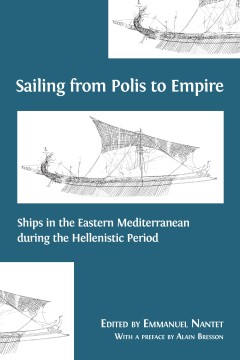
Sailing from polis to empire : ships in the Eastern Mediterranean during Hell…
This book represents a significant contribution to the fields of Hellenistic archaeology, Hellenistic economy, naval architecture and shipping in the eastern Mediterranean. It asks (and answers) questions that are often simply assumed and not systematically investigated. — Dr. Conor Trainor, University of Warwick What can the architecture of ancient ships tell us about their capacity to c…
- Edition
- -
- ISBN/ISSN
- 9781783746958
- Collation
- xvii, 127 p. ; ill.
- Series Title
- -
- Call Number
- 623.821 NAN s
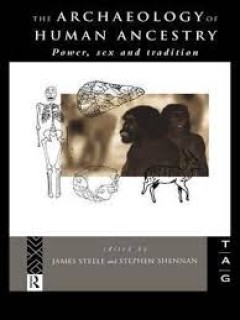
The archaeology of human ancestry : power, sex, and tradition
Human social life is constrained and defined by our cognitive and emotional dispositions, which are the legacy of our foraging ancestors. But how difficult is it to reconstruct the social systems and cultural traditions of those ancestors? The Archaeology of Human Ancestry provides a stimulating and provocative answer, in which archaeologists and biological anthropologists set out and demonstra…
- Edition
- -
- ISBN/ISSN
- 9780415118620
- Collation
- -
- Series Title
- -
- Call Number
- 573.3 SHE t
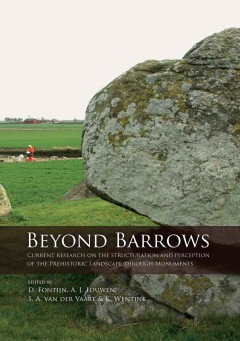
Beyond barrows: current research on the structuration and perception of the p…
Europe is dotted with tens of thousands of prehistoric barrows. In spite of their ubiquity, little is known on the role they had in pre- and protohistoric landscapes. In 2010, an international group of archaeologists came together at the conference of the European Association of Archaeologists in The Hague to discuss and review current research on this topic. This book presents the proceedings …
- Edition
- -
- ISBN/ISSN
- 9789088901089
- Collation
- 279 p. : ill.
- Series Title
- -
- Call Number
- 930 BEY b
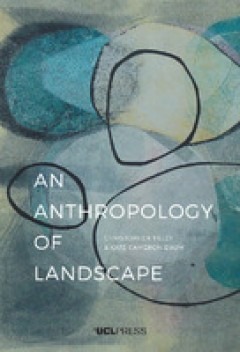
An anthropology of landscape
An Anthropology of Landscape tells the fascinating story of a heathland landscape in south-west England and the way different individuals and groups engage with it. Based on a long-term anthropological study, the book emphasises four individual themes: embodied identities, the landscape as a sensuous material form that is acted upon and in turn acts on people, the landscape as contested, and it…
- Edition
- -
- ISBN/ISSN
- 9781911307433
- Collation
- 346 p.: colour, ill.
- Series Title
- -
- Call Number
- 333.95160941 TIL a

The search for the first americans : science, power, politics
"Who were the First Americans? Where did they come from? When did they get here? Are they the ancestors of modern Native Americans? These questions might seem straightforward, but scientists in competing fields have failed to convince one another with their theories and evidence, much less Native American peoples. The practice of science in its search for the First Americans is a flawed endeavo…
- Edition
- -
- ISBN/ISSN
- 9780806175935
- Collation
- ix, 163 p.
- Series Title
- -
- Call Number
- 970.00497 DAV t
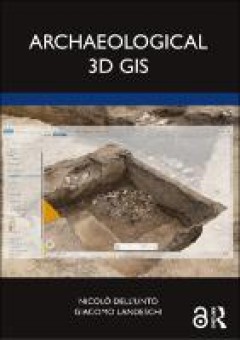
Archaeological 3d GIS
Archaeological 3D GIS provides archaeologists with a guide to explore and understand the unprecedented opportunities for collecting, visualising, and analysing archaeological datasets in three dimensions. With platforms allowing archaeologists to link, query, and analyse in a virtual, georeferenced space information collected by different specialists, the book highlights how it is possible to r…
- Edition
- -
- ISBN/ISSN
- 9781003034131
- Collation
- XXI, 154 p.
- Series Title
- -
- Call Number
- 930.1028 DEL a

Water societies and technologies from the past and present
Today our societies face great challenges with water, in terms of both quantity and quality, but many of these challenges have already existed in the past. Focusing on Asia, Water Societies and Technologies from the Past and Present seeks to highlight the issues that emerge or re-emerge across different societies and periods, and asks what they can tell us about water sustainability. Incorporat…
- Edition
- -
- ISBN/ISSN
- 9781911576693
- Collation
- xix, 311 p. : ill.
- Series Title
- -
- Call Number
- 333.911 ZHU w
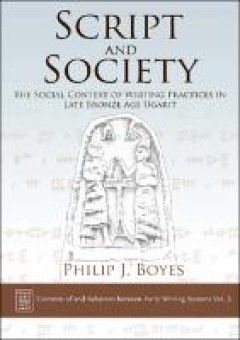
Script and society : the social context of writing practices in late Bronze A…
By the 13th century BC, the Syrian city of Ugarit hosted an extremely diverse range of writing practices. As well as two main scripts – alphabetic and logographic cuneiform - the site has also produced inscriptions in a wide range of scripts and languages, including Hurrian, Sumerian, Hittite, Egyptian hieroglyphs, Luwian hieroglyphs and Cypro-Minoan. This variety in script and language is ac…
- Edition
- -
- ISBN/ISSN
- 9781789255843
- Collation
- viii, 308 p . : ill.
- Series Title
- -
- Call Number
- 411.70939433 BOY s
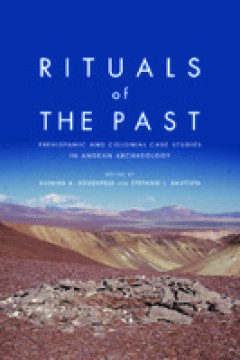
Rituals of the past : prehispanic and colonial case studies in Andean archaeo…
Through the study of archaeological, ethnographic, linguistic, and historical evidence from northern Peru to northern Chile, Bolivia, and northwest Argentina, the authors in this volume show the significance of ritual from pre-contact to present day in the Andes. These volume essays deal with theoretical and methodological concerns in anthropology and archaeology including non-human and human a…
- Edition
- -
- ISBN/ISSN
- 9781607325963
- Collation
- XIII, 321 p.
- Series Title
- -
- Call Number
- 985.01 BAU r
 Computer Science, Information & General Works
Computer Science, Information & General Works  Philosophy & Psychology
Philosophy & Psychology  Religion
Religion  Social Sciences
Social Sciences  Language
Language  Pure Science
Pure Science  Applied Sciences
Applied Sciences  Art & Recreation
Art & Recreation  Literature
Literature  History & Geography
History & Geography